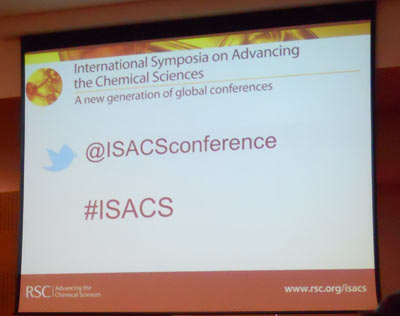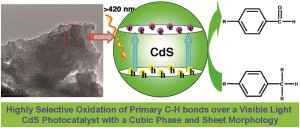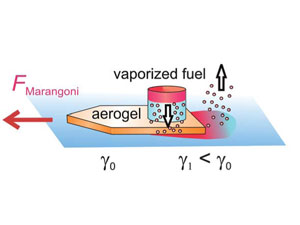This month sees the following articles in Chemical Science that are in the top ten most accessed:-
Rethinking the Term “Pi-Stacking”
Chelsea R. Martinez and Brent L. Iverson
Chem. Sci., 2012, Advance Article, DOI: 10.1039/C2SC20045G
Cavity-induced enantioselectivity reversal in a chiral metal-organic framework Brønsted acid catalyst
Min Zheng, Yan Liu, Cheng Wang, Shubin Liu and Wenbin Lin
Chem. Sci., 2012, Advance Article, DOI: 10.1039/C2SC20379K, Edge Article
Catalytic intermolecular hydroacylation of C-C Π-bonds in the absence of chelation assistance
Joyce C. Leung and Michael J. Krische
Chem. Sci., 2012,3, 2202-2209, DOI: 10.1039/C2SC20350B, Minireview
Enantioselective total synthesis of (+)-ibophyllidine via an asymmetric phosphine-catalyzed [3 + 2] annulation
Ian P. Andrews and Ohyun Kwon
Chem. Sci., 2012, Advance Article, DOI: 10.1039/C2SC20468A, Edge Article
Metal-Free Diamination of Alkenes Employing Bomide Catalysis
Patricia Chávez, Jonathan Kirsch, Claas H. Hövelmann, Jan Streuff, Marta Martínez-Belmonte, Eduardo C. Escudero-Adán, Eddy Martin and Kilian Muñiz
Chem. Sci., 2012, Advance Article, DOI: 10.1039/C2SC20242E
Carboxylates as sources of carbon nucleophiles and electrophiles: comparison of decarboxylative and decarbonylative pathways
Wojciech I. Dzik, Paul P. Lange and Lukas J. Gooßen
Chem. Sci., 2012, Advance Article, DOI: 10.1039/C2SC20312J, Minireview
A concise, efficient synthesis of sugar-based benzothiazoles through chemoselective intramolecular C-S coupling
Chao Shen, Haijun Xia, Hua Yan, Xinzhi Chen, Sadananda Ranjit, Xiaoji Xie, Davin Tan, Richmond Lee, Yanmei Yang, Bengang Xing, Kuo-Wei Huang, Pengfei Zhang and Xiaogang Liu
Chem. Sci., 2012,3, 2388-2393, DOI: 10.1039/C2SC20248D, Edge Article
Truncated octahedral coordination cage incorporating six tetranuclear-metal building blocks and twelve linear edges
Kecai Xiong, Feilong Jiang, Yanli Gai, Daqiang Yuan, Lian Chen, Mingyan Wu, Kongzhao Su and Maochun Hong
Chem. Sci., 2012,3, 2321-2325, DOI: 10.1039/C2SC20264F, Edge Article
Dialkylbiaryl phosphines in Pd-catalyzed amination: a user’s guide
David S. Surry and Stephen L. Buchwald
Chem. Sci., 2011,2, 27-50, DOI: 10.1039/C0SC00331J, Perspective
Concise total synthesis of (+)-gliocladins B and C
Nicolas Boyer and Mohammad Movassaghi
Chem. Sci., 2012,3, 1798-1803, DOI: 10.1039/C2SC20270K
Why not take a look at the articles today and blog your thoughts and comments below.
Fancy submitting an article to Chemical Science? Then why not submit to us today or alternatively contact us with your suggestions.
Comments Off on Top ten most accessed articles in May














 @alixhorton
@alixhorton 





